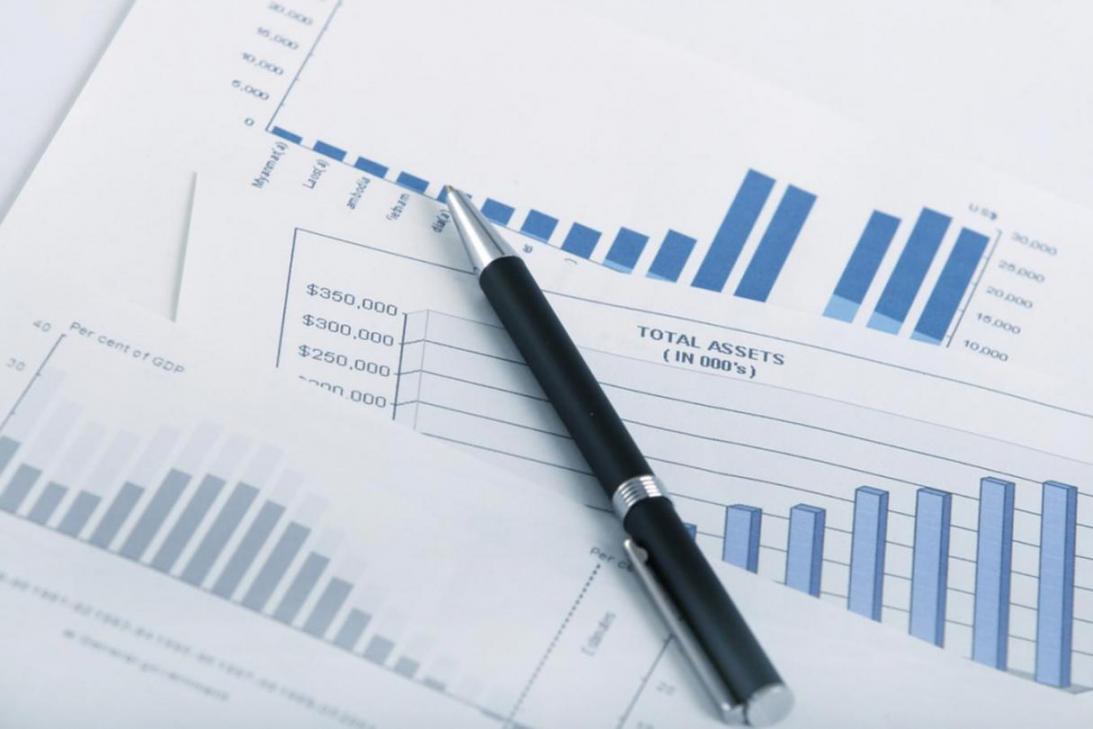Individual and institutional investors’ unsettled sentiment is making them sell their stocks at rock-bottom price, as the equity market continues heading down, pushing the Tehran Stock Exchange (TSE)’s overall index nose-diving almost 20 percent over the past 12 months.
The TEDPIX is shrugging off positive indicators, wiping out more of its recent gains, putting investors on the edge. The recent report of four-percent economic growth within the first eight months of the current Iranian year (March 21-November 21), along with the Central Bank of Iran’s report on 6 percent growth of leading industrial production index in the first half of this year failed altering the TSE sentiment.
In a seesaw trading day at the TSE, indices dropped Sunday and lost ground for the second consecutive day, with the benchmark retreating 79.5 points or 0.11 percent to end at 69,625, standing below the crucial resistant level of 70,000-point mark, TSE data showed.
The first market index was down 67.4 points or 0.13 percent to 51,375.9. The second market index shed 97.4 points or 0.07 percent to settle at 136,376.6. The free float index inched down 29.4 points or 0.04 percent to finish at 79,763. The industry index slipped 86.6 points or 0.15 percent to 58,282 and the blue chip index lost 9.2 points or 0.29 percent to stand at 3,125.8.
Escalating ambiguities and massive devaluations eked the volume of trade, with more than 20 percent decline on Sunday in comparison with Saturday. Almost 343 million shares changed hands, valued at close to 869 billion rials. Bearish trend at the equity market has resulted in a persistent downtrend both for the trade volume and value.
The Chadormalu Mining and Industrial Company heavily weighed on the benchmark by dragging down the TEDPIX, while a large proportion of stocks ended slightly in green.
The Persian Gulf Petrochemical Industry Company and the Tamin Petroleum & Petrochemical Investment Company took the second and third places, respectively, and recorded another negative trading day amid slashed expectations on earnings.
Global economic slowdown accompanied by the unprecedented oil price plunge spurred concerns about a sharp cut in government spending, as well as an imminent budget deficit. Iran’s oil-based economy is severely sensitive to the oil price fluctuations, with leading industries, and the petrochemicals in particular, being the hardest hit.
Petrochemicals Trim Expectations
Upstream energy prices continued to slide, accompanied by selloffs of oil-based industries shares at the stock market, after they hit new record lows within the past 12 months. Investors fell short of estimating the power of these firms to offset the subsequent money losses through the foreign currency fluctuations.
It is hard to escape the fact that the downtrend of petrochemicals’ prices weighs on both the petrochemical complexes’ expected earnings, as well as on the TSE’s sentiment; however, a cut-back in expenditures and the investors trying to reap the benefit of rial depreciation may compensate their loss to some extent.
Bandar Imam Petrochemical Company (BIPC)’s sales and export report for petrochemicals within the first half of the current Iranian year is totally positive, indicating tangible growths compared with the same period last year, Shana New Agency quoted Reza Amiri, managing director of the BIPC as saying.
Minerals Downbeat
Based on the Financial Tribune analysis, with the exception of the US, the global economy is witnessing a downbeat performance by major players like China. Iron ore slump due to the slowdown in constructions in China, higher production and transportation costs, and an increase in the rates of mining royalties contributed altogether to the dramatic fall in iron ore prices.
Iran’s iron ore suppliers are not utilizing state-of-the-art technologies. Moreover, higher transportation costs, along with a sharp surge in mining royalties, have exacerbated the sector’s hardships.
Sector’s analysts criticize the administration’s policy on royalties, noting that the mining industry needs government’s support and not new obstacles being put on its way every day.
In addition to internal factors, China’s domestic steel production can’t keep pace with the increasing supply from other major players. Ultimately, the supply glut situation won’t improve until some capacity is shut down by the high-cost Chinese iron ore mines.
The Chadormalu Mining and Industrial Company is losing ground against low cost suppliers, and as a crucial leverage in Iran’s equity market, it has been witnessing a series of downfalls. Hence, resorting to new strategies to reduce both the production and the transportation costs may help the company to compete with major suppliers, and help push the TEDPIX to settle in green.
Given the massive evaporation of gains at the TSE, heavily undervalued shares, and the low volume of trades, the benchmark is unlikely to keep retreating and erasing more of its gains.
A gloomy economic outlook has curbed investors’ enthusiasm for equities, but as the government is expected to introduce concrete policies in the coming weeks, the equity market’s sentiment is also expected to change.
Market analysts estimate that the average Price Earnings ratio may not keep heading south as it has already notched historic lows.


